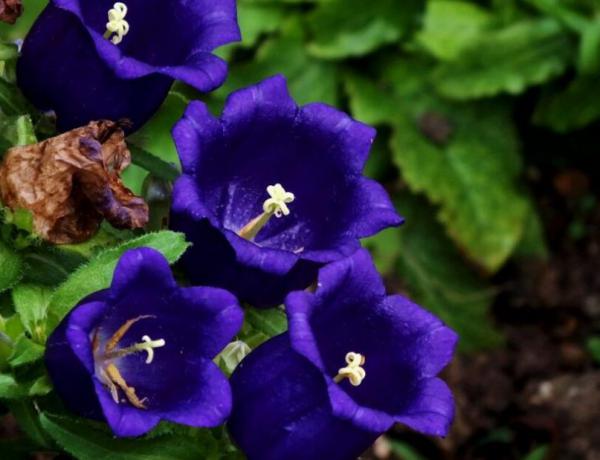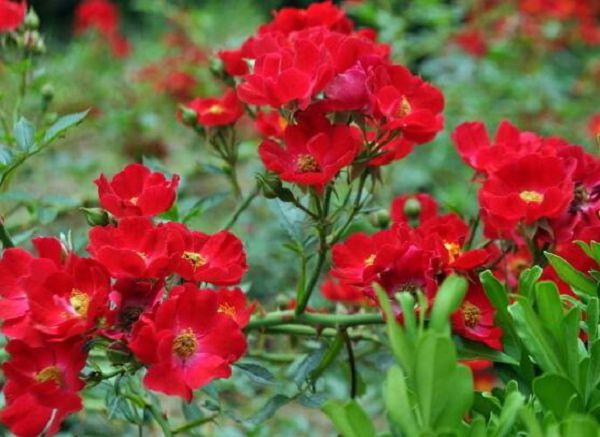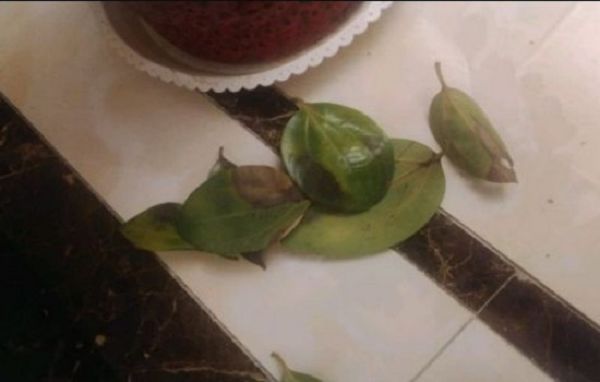Culture methods and precautions of bellflower

Campanulaceae Like to grow in a place where it is warm in winter and cool in summer, where there is plenty of light, it is resistant to semi-shade.
There are more than 200 species of bluebells, almost all of which grow in the north temperate zone, and there are more than 20 species in China, which are common in the mountainous areas of southwest China, followed by in the north and the western regions of Guangxi and Guangdong in the south. The flowers and colors of Campanula are colorful and have high ornamental value. So how to raise Campanula? Today, Hua'ergu will come to introduce to you.
I. Culture methods of bluebells
1, soil bluebells like to grow in a fertile and moist soil environment, drained soil can make it grow more robust, the soil should be slightly acidic or neutral is better. Planting bluebells in strongly acidic soil requires neutralization with lime water. Common cultivation of bluebell grass soil can use orchard soil, pastoral soil, sandy loam soil with dry chicken manure and other animal manure, and then add a small amount of lime to mix evenly.
2. After the emergence of seedlings, we need to reduce the soil moisture and maintain a slightly moist soil environment, especially to avoid waterlogging, otherwise it will lead to quenching disease of the seedlings. on the contrary, the seedlings should not be short of water when they grow, and the dry environment will lead to its growth malaise, and in serious cases, it will die. Therefore, when we cultivate bluebells, we should pay attention to reasonable watering methods and make the soil slightly moist as far as possible. Spray can be used to control moisture when necessary to keep the soil dry and humid.
3. The requirement of fertilizer for the growth of bluebell grass is not high, we can apply fertilizer once a month to promote its growth, and calcium and nitrogen fertilizer spray can be used to enhance the nutrient absorption of leaves at seedling stage. After that, the normal pot maintenance plants can be treated mainly according to the thin fertilizer solution once a month, and the fertilizers can mainly use nitrogen fertilizer and potash fertilizer, or they can be irrigated with human and animal feces, which can promote the absorption of phosphorus and potassium nutrients before flowering. Prevent lodging and other problems in the plant. Generally speaking, the temperature is high in summer and low in winter, so we should stop applying fertilizer at this time to prevent fertilizer damage.
4. Bluebells like plenty of sunlight. In order to make them grow better naturally, we should plant them in places with plenty of light, so that the plants will grow more neatly and the flowers will bloom more brightly and beautifully. Campanula cultivated in a cool environment will appear highly uneven between plants, blossom will also be light, slightly less aesthetic.
5. Temperature generally speaking, bluebell grass is relatively resistant to low temperature, and the low temperature environment will slow its growth, so we can control its temperature above 3 ℃ as much as possible in winter, so it will still be in a state of growth, otherwise it will be at a standstill.
II. Matters needing attention in the culture of bluebells
The cultivation of potted bluebells may grow messy in the early stage, and the ornamental effect is relatively poor, but in the middle and later stages of growth, we will gradually grow neatly and compactly, under normal conditions, we do not need to pick the heart, but in order to grow bigger and stronger, more branches, we can carry on the heart-picking treatment, which can increase the number of side branches, and naturally there will be more when flowering.
There may be some diseases and insect pests in the process of planting bluebells, including common rust, which will harm the leaves, stems and buds of bluebells; powdery mildew, which is a fungal disease, will harm the leaves, branches, flower stalks, flower buds, flower buds and shoots of bluebells; in addition, there are leaf spot, aphids and red spiders. The emergence of these diseases and insect pests requires the timely use of drugs for control, and attention should be paid to observation and timely prevention and control during maintenance.
Related
- Fuxing push coffee new agricultural production and marketing class: lack of small-scale processing plants
- Jujube rice field leisure farm deep ploughing Yilan for five years to create a space for organic food and play
- Nongyu Farm-A trial of organic papaya for brave women with advanced technology
- Four points for attention in the prevention and control of diseases and insect pests of edible fungi
- How to add nutrient solution to Edible Fungi
- Is there any good way to control edible fungus mites?
- Open Inoculation Technology of Edible Fungi
- Is there any clever way to use fertilizer for edible fungus in winter?
- What agents are used to kill the pathogens of edible fungi in the mushroom shed?
- Rapid drying of Edible Fungi



